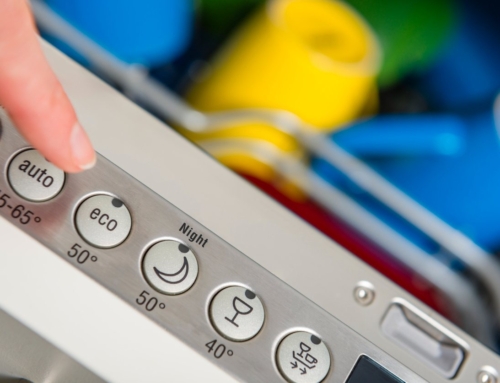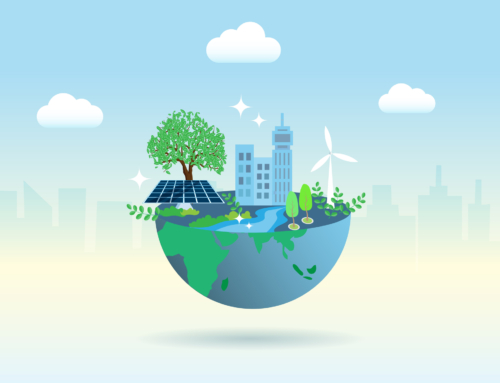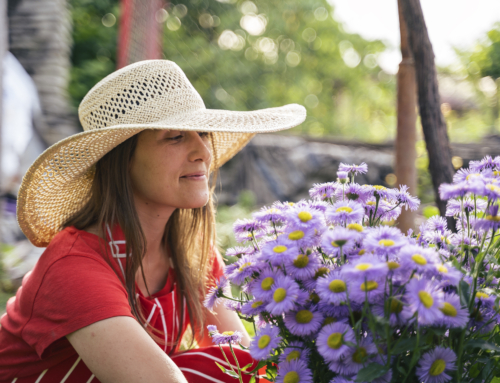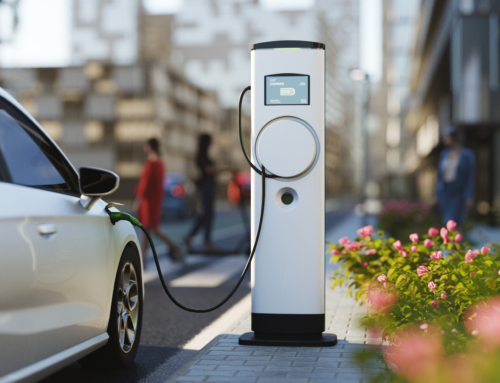Starting a home vegetable garden is not only a fun activity, but it is also one of the first steps toward living a more sustainable lifestyle. You’ll have easy access to healthier foods and save money on groceries. Providing for some of your needs can also help reduce the pollution caused by large-scale farming.
Here are some pointers you can follow as you learn how to start a garden at home.
4 Tips on How to Start a Garden at Home
Keep these tips in mind for your new garden, and you’ll develop a green thumb in no time!
1. Start Small
It’s tempting to jump in with numerous types of vegetables when starting. However, you may find yourself overwhelmed by all the care that goes into each type of plant. Consider starting with just one to three plants that are beginner-friendly and won’t easily die if you make a mistake in their care. Some easy-to-grow crops include tomatoes, peppers, and lettuce.
2. Consider the Climate
When choosing crops, you’ll also need to consider where you live and when you plan on planting. Many fruits and vegetables are more suited to certain climates and seasons. For instance, kale, cauliflower, and broccoli are best planted during cooler seasons, while cucumbers, eggplants, and squash are grown during warmer months.
3. Pick a Sunny Area
Vegetables typically need around six hours of sunlight a day to grow well, though it’s best to check the recommendations per crop. As such, your home garden needs to be situated in a spot that gets plenty of sunlight. But too much sunlight can also kill your plants, especially during hotter months, so you might want to make sure they can get some shade during the day.
4. Keep the Soil Healthy
Your plants absorb their nutrients from the soil, so be sure that your garden soil has plenty of fertilizer in it. But instead of just buying chemical ones, you can get or make your own organic fertilizer. Some examples of organic fertilizers include manure and compost.
Moreover, refrain from overwatering the soil and make sure it isn’t constantly wet. While the roots of the crops do absorb water, they also need air to breathe. Too much water in the soil effectively drowns the roots and washes the nutrients out.
Specific Tips for Starting an Indoor or Outdoor Garden
One of the key decisions to make is whether your garden will be located indoors or outdoors. Depending on which you choose, here are some pointers for planting outdoors and how to start an indoor garden.
Outdoor Gardening Pointers
- Terrace Sloped Plant Beds: Sloped land is always at risk of eroding if heavy rains occur and wash out the soil. Terracing the vegetable plant bed will help protect the crops while ensuring that the soil absorbs more water for them.
- Consider Nearby Trees: It’s best to find a patch that’s farther away from trees. The leaves and branches can block out a significant amount of sunlight, and its large roots will take nutrients from the soil, leaving nearby plants with whatever is left.
Indoor Gardening Tips
- Try Grow Lights: If you can’t provide plenty of sunlight for your indoor crops, consider investing in LED grow lights. These are special electric lights that provide a light spectrum similar to the sun, aiding with photosynthesis indoors.
- Water More Often: Indoor crops won’t get watered by the rain. Therefore, you must water them regularly. But you’ll still need to make sure the soil is just moist, not drenched with water, which would smother the roots.
How to Properly Store Vegetables After Harvesting
Environmental conditions in large part determine the storage life of your harvested produce. Some vegetables are best kept in cold storage, while others last longer at room temperature. Here’s a list of common vegetables and what conditions they should be stored in.
Cold Storage
These should go straight to the fridge after you’ve harvested and cleaned them:
- Asparagus
- Beets
- Brussels sprouts
- Broccoli
- Carrots
- Cauliflower
- Corn
- Leafy veggies like lettuce & cabbage
- Peas
- Radishes
- Spinach
- Turnips
Room Temperature Storage
On the other hand, these crops below can be stored at room temperature or in a cool, dry place:
- Cucumbers
- Eggplant
- Peppers
- Pumpkins
- Squash
- Tomatoes
- Zucchini
- Potatoes
Learn More About Sustainability with Spring Power & Gas
Besides knowing how to start a small garden at home, there are many other ways to become more sustainable. As an energy supply company, Spring Power & Gas covers various topics such as renewable energy, recycling, and even eco-friendly toys for kids on our blog. Stay tuned to learn more about what it means to live sustainably.




![Top 11 Sustainable Building Practices for Eco-Homes [Plus 5 Sustainable Materials]](https://springpowerandgas.us/wp-content/uploads/2023/02/iStock-181062267-500x383.jpg)

